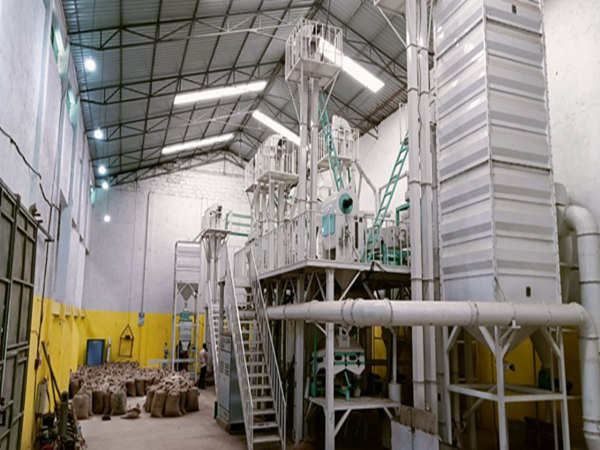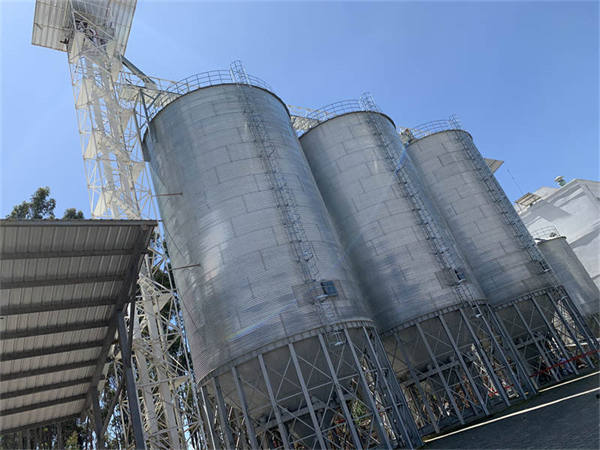Milling of Barley
SynopsisBarley is millet to make blocked barley, pearl barley, barley grots, barley flakes and barley flour for human consumption. Removal of the hull or husk of barley, which is largely indigestible is and important part of the milling process.
Milling of Barley
Barley is millet to make blocked barley, pearl barley, barley grots, barley flakes and barley flour for human consumption. Removal of the hull or husk of barley, which is largely indigestible is and important part of the milling process.
Intrinsic qualities : The milling is done in barley to achieve :
1. Absence of sprouting.
2. Absence of discolouration due to weathering.
3. Freedom from fungal attack and insect infestation or damage.
4. Soundness of appearance.
5. Absence of undesirable aroma or flavour.
The harder types of barley is best for milling purposes because the hull and bran can easily be removed from endosperm by superficial abrasion and yielding particle will retain the shape of the whole grain. The softer grains are not better because they would tend to fragments, leading to a reduction in the yield of first quality products.
Barley for milling should have as low as hull intent as possible. The presence of damaged grains lowers the quality of milling barley. Such grains frequently reveal areas of exposed endosperm where fungal attack may occur leading to discolouration and intrigues discoloured particles to the finished products. Thin grains also lower the milling quality with a higher hull content than normal they make a small contribution to the yield of milled products.











Leave a reply